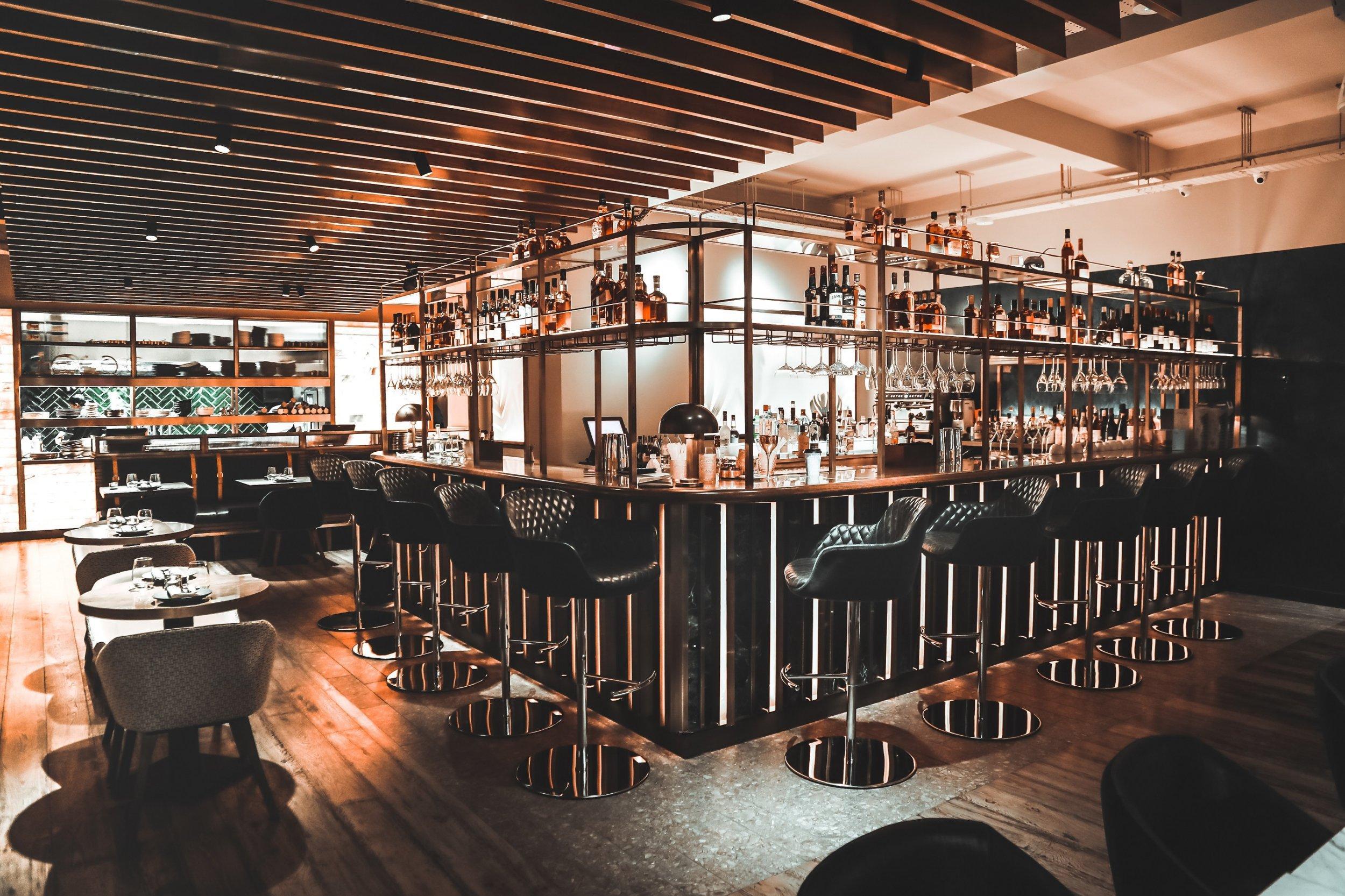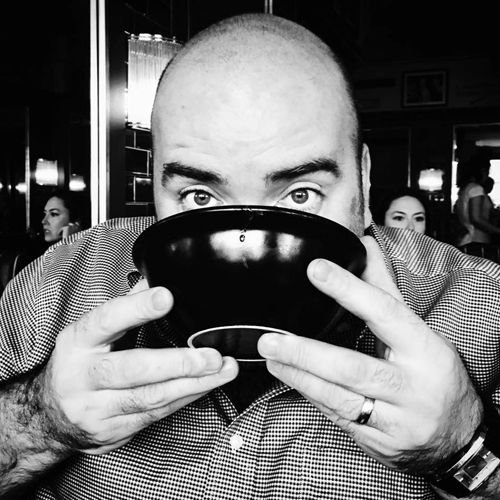What does Indian food mean to you? From the “curry houses” of yore to the restaurants celebrating very particular regional cuisine, that old suggestion of “going for an Indian” has taken on almost as many meanings as there are restaurants. The thing is while Londoners seem determined to prove their extensive knowledge of regional specialities, as I discovered last year for Foodism Magazine, the definition of Indian Food in India– or, yes, indeed, as they call it, food – has shifted considerably. As people have travelled, as regional influences (and world flavours) have spread, as regional ingredients have become more readily available, so classic dishes have changed all across the country. And, pushing that particular envelope further still – to, admittedly, sometimes mixed effect – comes Farzi Café. “Farzi” is Urdu for “fake” (a brave gift to give cynical journalists) but, in this context, is meant to mean “illusory”, a tribute to the creativity and the application of modernist cuisines that shape the menu. While that could, and probably should, fill you with dread – after all, we’ve all been victim to restaurants offering style over substance and will, no doubt, be again – Farzi Café has one obvious redeeming quality: when it’s good, it’s really blooming good. Much of what I tried in various Farzi Cafes in India was terrific (particularly once you learned to avoid the truffle oil that had been brought in to impress the middle classes). Happily the strike rate in their London outpost is even higher. Portions are generous, prices are surprisingly reasonable, cocktails are excellent, the whisk(e)y collection is decent and, best of all, the truffle oil is nowhere to be found. This is a Farzi that’s aware of its immediate surroundings, rather than a straightforward export and, over the course of several visits, they’ve honed things further still, particularly with regard to the service. On my first visit, it was charming but hilariously overly attentive: in one five minute stretch alone, we were asked “is everything okay?” four times by one member of staff and twice by another. It struck me as a bizarre lack of confidence in the offering because, two dishes and one cocktail down, we were very aware that if any front-of-house team could afford to have faith in their bar staff and kitchen, it was Farzi’s.On a recent visit, they’ve clearly relaxed. Service is still charming, and attentive, but far more laid back and assured and the food is frequently jaw-dropping and fiercely, beautifully spiced. The bone marrow – butter roasted, heavily spiced, it’s stunning. The venison pepper fry – served with a soft, buttery roti – is a gamey, warming delight. Butter chicken pao is as good a drinking snack as you’ll find in London, although the Dal Chawal Arancini and the Tuna ceviche with jhal moorie could take that title. Sure, the “Arancini” sound like fusions too far, but, as Farzi’s founder told me some months before with a grin, India IS a culture that has leftover rice… Also, the jhal moorie, (a spiced, crispy rice-based Indian beach snack) proves the perfect foil for the meltingly soft tuna: I’ve popped back a couple of times just for that. Well, I say just for that, I tend to find room for the Galouti too which, while usually served as a melting kebab, comes as the sort of pate that has you licking the bowl clean.
It’s a similar tale across the menu. Butter pepper garlic Escargots is a combination most wouldn’t consider, but it’s great, ditto Shawarma Biryani, Masala Wagyu Cottage Pie, Tandoori Goat Shoulder. Even the CTM with a Cornish Cruncher cheddar naan, which sounds like a post-pub crowd appeasing disaster, is great. No. Really.
The shrikhand cheesecake too is a thing of clever beauty. There’s no base, so the crunch comes from a dusting of parmesan crisp, which also gives the strained yoghurt a delicate, suitably cheesy hint. It, like the bulk of what we try at Farzi Café, barking mad and seriously good.
Farzi Café
8 Haymarket
London
SW1Y 4BP
United Kingdom


